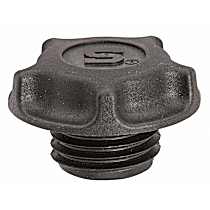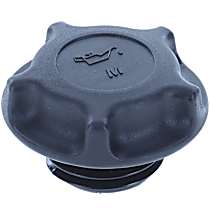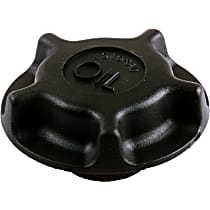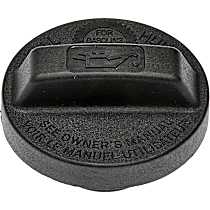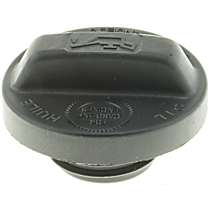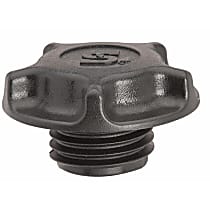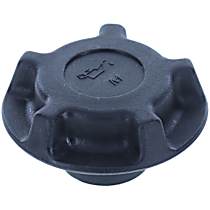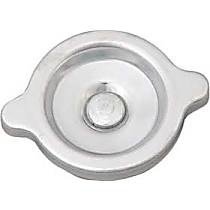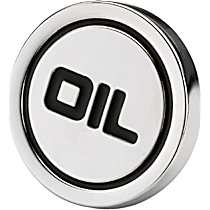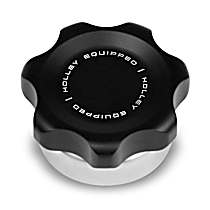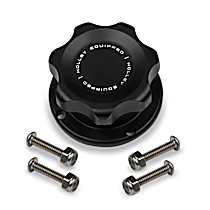{
"lazyNodes": false,
"abFitnotesFlag": false,
"abCrawlReviews": false,
"productOptionsCookie": false,
"orderDelayFlag": false,
"skipSessionCookie": false,
"covidMessage": false,
"fullTitleCookie": false,
"nrLoggerCookie": false,
"checkoutReviewCookie": false,
"productOptionSeqCookie": false,
"maintenanceFlag": false,
"bufferETACookie": false,
"multiShippingDiscountFlag": false,
"newFitmentFlag": false,
"surveyOptInFlag": false,
"crossSellFlag": false,
"skuMappingFlag": false,
"paySplitCookie": false,
"callDisableFlag": false,
"zipPaymentFlag": "u",
"hassleFreeReturn": false,
"lifetimeReplacement": false,
"cpn_off": false
}Honda Odyssey Oil Filler Caps
Shop Catalog
![]() WARNING: This product can expose you to chemical which is known to the State of California to cause cancer and birth defects or other reproductive harm. For more information go to www.P65Warnings.ca.gov.
WARNING: This product can expose you to chemical which is known to the State of California to cause cancer and birth defects or other reproductive harm. For more information go to www.P65Warnings.ca.gov.
![]() WARNING: This product can expose you to chemical which is known to the State of California to cause cancer and birth defects or other reproductive harm. For more information go to www.P65Warnings.ca.gov.
WARNING: This product can expose you to chemical which is known to the State of California to cause cancer and birth defects or other reproductive harm. For more information go to www.P65Warnings.ca.gov.
![]() WARNING: This product can expose you to chemical which is known to the State of California to cause cancer and birth defects or other reproductive harm. For more information go to www.P65Warnings.ca.gov.
WARNING: This product can expose you to chemical which is known to the State of California to cause cancer and birth defects or other reproductive harm. For more information go to www.P65Warnings.ca.gov.
![]() WARNING: This product can expose you to chemical which is known to the State of California to cause cancer and birth defects or other reproductive harm. For more information go to www.P65Warnings.ca.gov.
WARNING: This product can expose you to chemical which is known to the State of California to cause cancer and birth defects or other reproductive harm. For more information go to www.P65Warnings.ca.gov.
![]() WARNING: This product can expose you to chemical which is known to the State of California to cause cancer and birth defects or other reproductive harm. For more information go to www.P65Warnings.ca.gov.
WARNING: This product can expose you to chemical which is known to the State of California to cause cancer and birth defects or other reproductive harm. For more information go to www.P65Warnings.ca.gov.
![]() WARNING: This product can expose you to chemical which is known to the State of California to cause cancer and birth defects or other reproductive harm. For more information go to www.P65Warnings.ca.gov.
WARNING: This product can expose you to chemical which is known to the State of California to cause cancer and birth defects or other reproductive harm. For more information go to www.P65Warnings.ca.gov.
![]() WARNING: This product can expose you to chemical which is known to the State of California to cause cancer and birth defects or other reproductive harm. For more information go to www.P65Warnings.ca.gov.
WARNING: This product can expose you to chemical which is known to the State of California to cause cancer and birth defects or other reproductive harm. For more information go to www.P65Warnings.ca.gov.
![]() WARNING: This product can expose you to chemical which is known to the State of California to cause cancer and birth defects or other reproductive harm. For more information go to www.P65Warnings.ca.gov.
WARNING: This product can expose you to chemical which is known to the State of California to cause cancer and birth defects or other reproductive harm. For more information go to www.P65Warnings.ca.gov.
![]() WARNING: This product can expose you to chemical which is known to the State of California to cause cancer and birth defects or other reproductive harm. For more information go to www.P65Warnings.ca.gov.
WARNING: This product can expose you to chemical which is known to the State of California to cause cancer and birth defects or other reproductive harm. For more information go to www.P65Warnings.ca.gov.
![]() WARNING: This product can expose you to chemical which is known to the State of California to cause cancer and birth defects or other reproductive harm. For more information go to www.P65Warnings.ca.gov.
WARNING: This product can expose you to chemical which is known to the State of California to cause cancer and birth defects or other reproductive harm. For more information go to www.P65Warnings.ca.gov.
![]() WARNING: This product can expose you to chemical which is known to the State of California to cause cancer and birth defects or other reproductive harm. For more information go to www.P65Warnings.ca.gov.
WARNING: This product can expose you to chemical which is known to the State of California to cause cancer and birth defects or other reproductive harm. For more information go to www.P65Warnings.ca.gov.
Top Rated Products
Popular Products
Customer Guides
Simple Ways to Fix Your Broken Honda Odyssey Oil Filler Cap
The oil filler cap in your vehicle wears out as it ages. It can have different kinds of problems that may even damage the engine block. Given this, it's important to know how to fix the common problems of this part. Here are troubleshooting tips to fix your Honda Odyssey oil filler cap:
Sludge
Over time, your oil filler cap will eventually develop a rustic-colored sludge. Given its color, you may conclude right away that the oil filler is filled with rust or that the gasoline you pump into your vehicle has rust debris. But before you jump to conclusion, you need to consider the fact that what you see on the oil filler cap is, indeed, just sludge. If there is sludge on your vehicle's oil filler cap, you just have to wipe it off using a cloth. This type of sludge, however, is a sign that either the fuel you use is of poor quality or that your vehicle needs more mileage. Therefore, changing your gas station and taking your Odyssey out for longer trips should solve this issue.
Oil leakage
When the oil filler cap cracks or breaks, or if it becomes loose and goes missing, you can bet that oil will start to leak. And once there is oil leakage, your engine will slowly start to experience different kinds of problems that can be highly dangerous. So should you smell burned oil, immediately check under your hood and look for any signs of oil leakage on your engine block. Now, this can be caused by a broken gasket; replacing the gasket should easily stop the leakage. But if the leak continues, you need to take a closer look at the oil filler cap. Should this be the culprit, replace it at once if it's broken or tighten it if it's loose. Doing these simple remedies should stop the oil leakage.
Rusted metal cap
If your Odyssey has a metal oil filler cap, there is a possibility that it will get rusted after some time. And when this happens, you can apply rust remover to get rid of any rust buildup on the cap. But make sure to remove the cap first before cleaning it and cover the tube with a lid to prevent contaminants from entering. In case the rust is severe, replace the cap.
From time to time, you have to clean your Honda Odyssey oil filler cap to help extend its life. For different ways to clean this part, follow these simple but effective maintenance tips:
Wash with warm soapy water.
The old trick of using warm soapy water in cleaning the car and some of its components is always useful. For those who don't know how to make this cleaning solution, just mix a mild dishwashing soap with warm water. Make sure that the soap is mild to avoid damaging the surface and that the water is warm to effectively clean the dirt buildup and sludge on the oil filler cap. But only do this after you have removed the cap from the tube.
Clean the sludge using a cloth.
If there is sludge on the underside of your oil filler cap, wipe it off using any kind of cloth. Keep in mind that you don't need to do this every time you wash your car. But what you can do is to make a routine where you have to wipe off your cap for every 3000 miles your vehicle travels. This practice can help in maintaining your cap and the seals on the opening tube. And if performed regularly, you can bet that your engine won't leak oil anytime soon.
Make use of your stock carburetor or choke cleaner.
In case you have carburetor or choke cleaner at home, use them to clean your oil filler cap. Just follow the instructions at the back to achieve great results. But never use the cleaner while the cap is still attached to the tube.
Blow dirt and debris using compressed air.
Get a can of compressed air from any auto supply store, and use it to remove dirt and debris, especially those that have built up in the hard-to-reach areas of the oil filler cap. However, never do this near the opening tube because particles may enter and mix with oil inside the engine block.
Soak the cap in solvent to remove leftover sludge.
Buy an effective solvent from auto supply stores, but make sure that it can be safely used for soaking because this is where you will soak the oil filler cap in until its surface is completely free of sludge.
